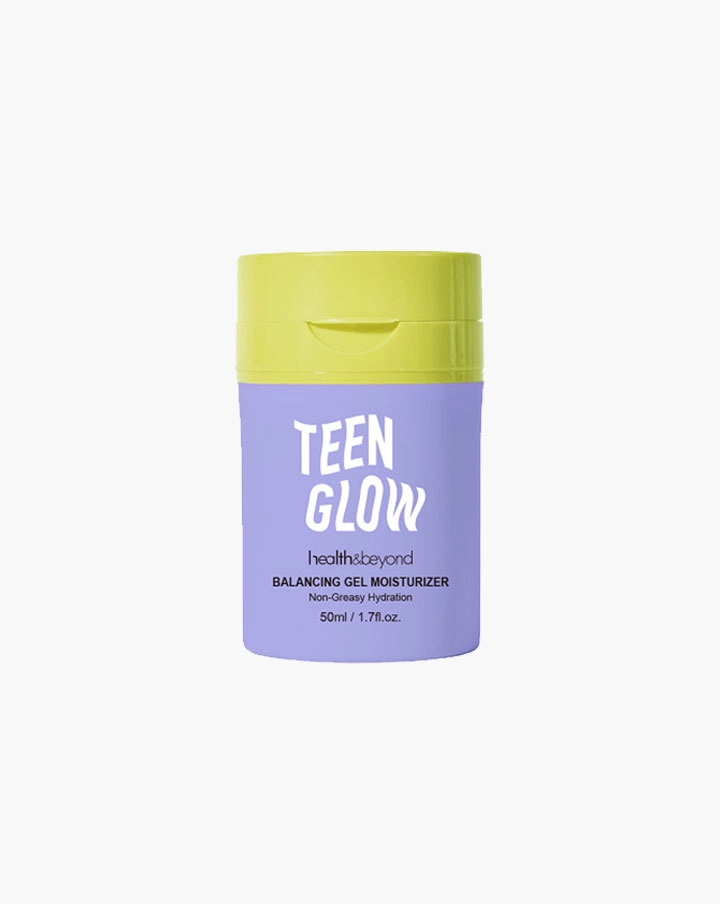The Ultimate Guide to Choosing the Best Water-Resistant Wood Finish
When it comes to protecting wood surfaces from moisture damage, choosing the right water-resistant wood finish is crucial. With a plethora of options available in the market, it can be overwhelming to determine which one is the best for your specific needs. In this comprehensive guide, we will explore the key factors to consider and provide expert insights into selecting the ideal water-resistant wood finish.
- Understanding Water Resistance:
Before delving into the best wood finishes, it is essential to understand the concept of water resistance. Wood finishes with water-resistant properties form a protective barrier that prevents water penetration, thereby safeguarding the wood from swelling, warping, and rotting. The effectiveness of a water-resistant wood finish depends on its composition and application method. - Types of Water-Resistant Wood Finishes:
a. Polyurethane: Known for its durability and versatility, polyurethane wood finishes provide excellent water resistance. They come in both oil-based and water-based formulations, offering different levels of protection and finishes.
b. Varnish: Varnishes are popular for their exceptional water resistance and ability to enhance the natural beauty of wood. They are available in various sheens, from glossy to matte, catering to different aesthetic preferences.
c. Epoxy: Ideal for outdoor applications, epoxy wood finishes create a strong, impermeable layer that shields wood from water damage. They are particularly effective in marine environments and high-moisture areas.
d. Shellac: While not as water-resistant as other options, shellac wood finishes provide decent protection against moisture. They are often used as a sealer or primer before applying other water-resistant finishes. - Factors to Consider:
a. Application: Consider the ease of application and compatibility with the wood surface. Some finishes require multiple coats or specialized equipment, while others offer simple brush-on application.
b. Durability: Assess the expected lifespan of the finish, especially in high-traffic or outdoor areas. Look for finishes that offer long-lasting protection against water damage and UV rays.
c. Aesthetics: Determine the desired appearance, such as the level of glossiness or transparency. Different finishes offer varying levels of sheen and can enhance or alter the wood's natural color.
d. Maintenance: Evaluate the maintenance requirements, including the need for periodic reapplication or touch-ups. Some finishes may require sanding or stripping before reapplication. - Expert Tips for Choosing the Best Water-Resistant Wood Finish:
a. Consider the specific wood species and its inherent moisture resistance. Some woods naturally repel water better than others.
b. Assess the environmental conditions, such as humidity levels and exposure to direct sunlight or water splashes, to determine the level of water resistance required.
c. Read product labels and technical specifications to understand the finish's water resistance capabilities, drying time, and recommended application techniques.
d. Seek recommendations from professionals or experienced woodworkers who have used water-resistant finishes in similar applications.
Conclusion:
Selecting the best water-resistant wood finish involves careful consideration of factors like durability, application ease, aesthetics, and maintenance requirements. By understanding the different types of finishes available and evaluating your specific needs, you can make an informed decision that ensures long-lasting protection for your wood surfaces. Remember, investing in a high-quality water-resistant wood finish is essential for preserving the beauty and integrity of your woodwork for years to come.


